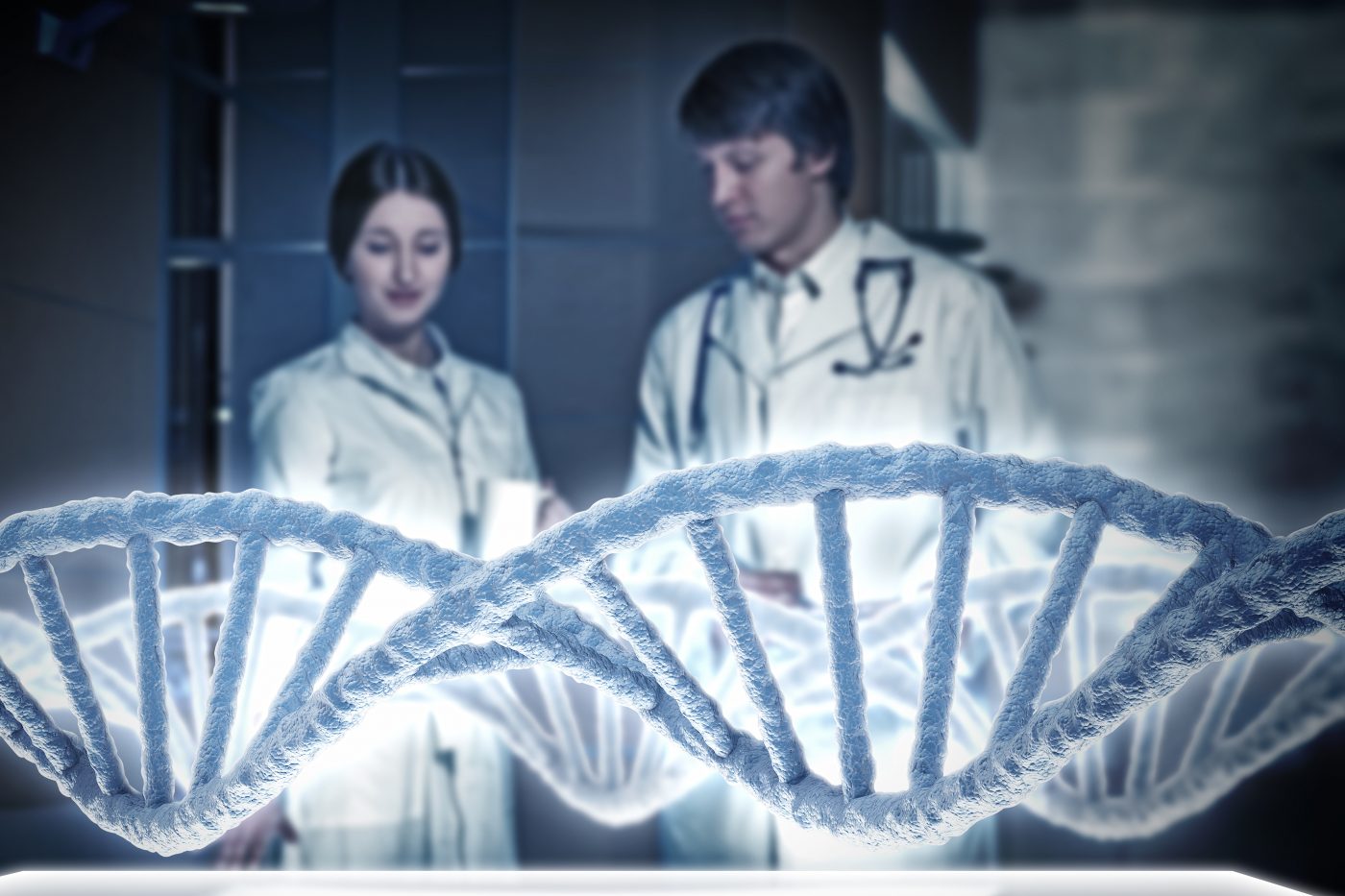Stem Cell-Based Gene Therapy for Huntington’s Being Readied for Possible Human Trials
Written by |

Gene therapy using mesenchymal stem cells for Huntington’s disease is showing promise in mouse studies, and preparations are underway to possibly move it into clinical testing. Before the technique might be ready for human trials, however, scientists need to master a few more steps, using larger animal models to investigate the therapy’s safety and likely long-term effects.
In the report, “Clinical trial perspective for adult and juvenile Huntington’s disease using genetically-engineered mesenchymal stem cells,” published in the journal Neural Regeneration Research, scientists at University of California Davis Health System summarize the advances so far, discuss the shortcomings of mouse models of Huntington’s disease, and describe preparations for a future clinical trial.
The research team at UC Davis has long worked with the goal of a feasible gene therapy for Huntington’s in mind. Huntington’s Disease News recently reported on the success of the group’s efforts in mice.
An overwhelming amount of evidence suggests that low levels of the growth factor BDNF (brain derived neurotrophic factor) contribute to Huntington’s disease. Increasing the factor — whose production is blocked because of mutant huntingtin — by delivery of the gene directly to the brain is an appealing idea. Attempts using viruses as carriers have not been overly successful.
Because of their unique biological properties, mesenchymal stem cells have shown tremendous promise in stem cell-based gene therapy approaches in recent years, and applications targeting other neurological diseases, such as ALS and stroke, are now in clinical trials.
These stem cells can be isolated from several easily accessible tissues, and can migrate to brain areas of tissue damage, where they release beneficial factors of their own. They can also be easily manipulated to express other factors.
One of the most important features of these cells, making them such a valuable option for clinical practice, is that they do not elicit an immune response when transplanted from one person to another.
Animal studies have shown that these cells are beneficial even with no manipulation in models of Huntington’s disease, and when they produce high levels of BDNF, the transplanted cells reduced brain damage and lessened signs of anxiety in Huntington’s mice. Researchers also noted that the beneficial effect remained after the cells were cleared from the brain.
Despite these encouraging results, no mouse model can capture the full spectrum of Huntington’s disease mechanisms and symptoms — some model behavioral disease components, while other mirror brain damage or metabolic dysfunction. Some also show features that don’t fit well with the human condition, such as weight gain.
Models of Huntington’s disease using large animals, such as sheep, are being developed. Since the brains of larger animals more closely resemble our anatomy and physiology, scientists believe successful trials in these animals are crucial before proceeding to human studies.
Researchers at UC Davis are now working to evaluate the long-term safety of mesenchymal stem cells producing BDNF, for use in submitting an Investigational New Drug (IND) application to the U.S. Food and Drug Administration.
In preparation for a future Phase 1 human clinical trial of mesenchymal-BDNF stem cells for Huntington’s, a current study, PRE-CELL, is recording numerous measures of disease symptoms and markers in patients to serve as a base for the coming HD-CELL trial.
Such a study would, as a first measure, explore if direct injection of BDNF-producing stem cells into the affected brain region of patients, is a safe procedure.





